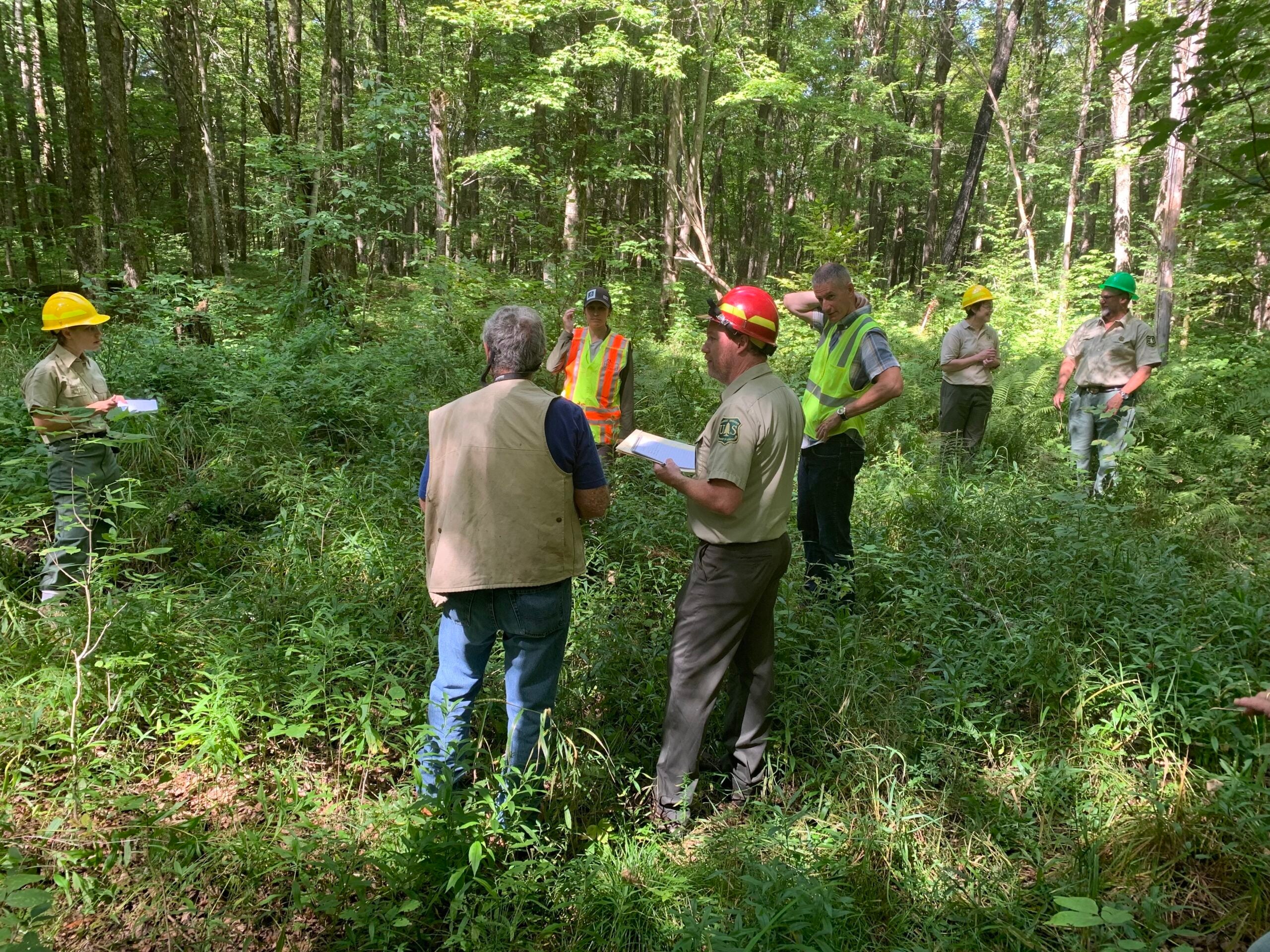The National Park Service has approved the Menominee Indian Tribe’s nomination of a culturally significant site to the National Register of Historic Places. The land is located where a controversial gold mine is set to be developed.
Last year, historic preservation boards in Wisconsin and Michigan approved the nomination of Anaem Omot, also known as the Dog’s Belly. The site on the Menominee River includes the Sixty Islands area where the tribe once lived, and it contains the tribe’s dance rings and burial mounds.
The tribe’s application to list the site was returned earlier this year to those boards in Michigan and Wisconsin. The Wisconsin State Historic Preservation Office worked with the tribe and Michigan to make technical corrections that were requested by the Park Service. The agency received the revised nomination in May, and its website states the site was listed Tuesday on the National Register.
News with a little more humanity
WPR’s “Wisconsin Today” newsletter keeps you connected to the state you love without feeling overwhelmed. No paywall. No agenda. No corporate filter.
In a statement, Menominee Tribal Chairwoman Gena Kakkak said she was overwhelmed with gratitude.
“We are so very thankful to the National Park Service for including this site on the National Register of Historic Places. Our ancestors can now rest better in their places of burial,” Kakkak said. “Our original spiritual and ceremonial grounds are recognized and our children can continue to learn and find their heritage in our places of origin.”
Tribal Historic Preservation Director David Grignon said in a statement that the listing has been “a long time in coming, but now our sacred sites, mounds and historic sites on the Menominee River at Sixty Islands are recognized.”
The site is located about 16 miles east of Stephenson, Michigan. The area is part of the tribe’s ancestral territory, and the tribe settled all along the Menominee River. According to the tribe, the settlement remains at Anaem Omot date back roughly 10,000 years to the last Ice Age. The tribe has worked for several years to protect the area in Wisconsin and Michigan that contains garden beds and ceremonial sites in addition to the tribe’s burial mounds.
The site is also where Gold Resource Corp. wants to mine gold and other metals for the Back Forty project. The company obtained the project when it acquired Toronto-based Aquila Resources in late 2021.
Aquila planned to build a 750-foot deep, open-pit mine on 83 acres to extract gold, zinc and other metals, according to the Detroit Free Press. The project would have come within 150 feet of the Menominee River.
The tribe has made no secret of its opposition to the Back Forty project. Even so, Stefanie Tsosie, a senior attorney with Earthjustice who represents the tribe, said the nomination is about protecting cultural resources.
“The Menominee tribe has been pushing for this listing regardless of whether there’s a mine there,” Tsosie said.
The Menominee tribe had also challenged a wetlands permit that Michigan regulators issued for the mine in 2018. In 2021, a Michigan administrative law judge revoked that permit. The tribe also won its appeal of regulators’ decision to issue a mining permit for the project. A Michigan judge ruled in April 2021 that the permit should be sent back for further review of potential impacts to groundwater.
Aquila eventually withdrew those permits. Now, Gold Resource Corp. is currently conducting a feasibility study of the Back Forty mine.
The company said it’s committed to the preservation of all known cultural resources in the vicinity of the project, according to Steve Donohue, vice president of environment and regulatory affairs in Michigan for Gold Resource Corp.
“The company is committed to a constructive dialogue with the Menominee Indian Tribe, so that we can communicate on the project and further understand their concerns as it relates to the project and their cultural interests in the area,” Donohue said.
Donohue said the feasibility study will examine redesigning the project, which would take into account environmental and cultural resources in the area. He said that study won’t be completed until later this year.
“After that point in time is when the company would start reinitiating activities related to permit applications,” Donohue said.
Tsosie with Earthjustice said the site’s listing is not a prohibition on development, but she said it would require an extra layer of review.
“State and federal agencies will have to look at projects and how it might impact the historical nature of that area,” Tsosie said.
In the meantime, Donohue said the company has been in discussion with the tribe to arrange a site visit sometime this summer, so they can conduct surveys of wetlands and cultural resources. Tsosie said the tribe is interested in visiting the area, but nothing has yet been finalized.
Wisconsin Public Radio, © Copyright 2025, Board of Regents of the University of Wisconsin System and Wisconsin Educational Communications Board.





